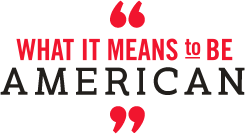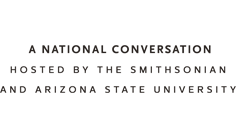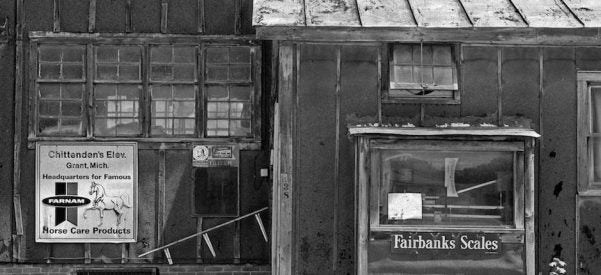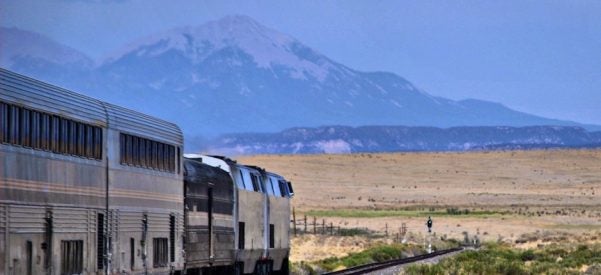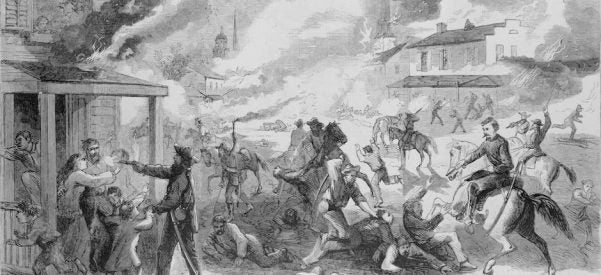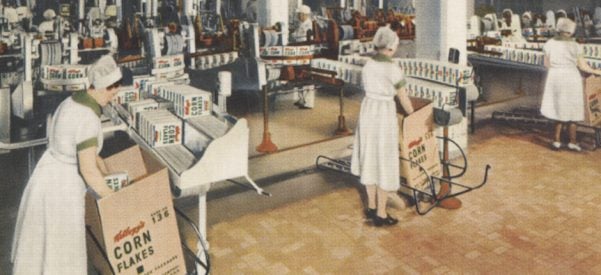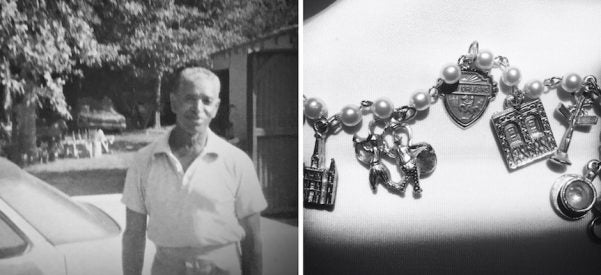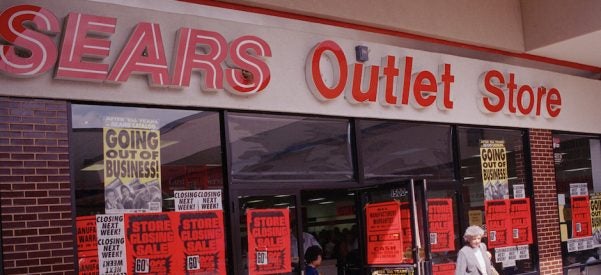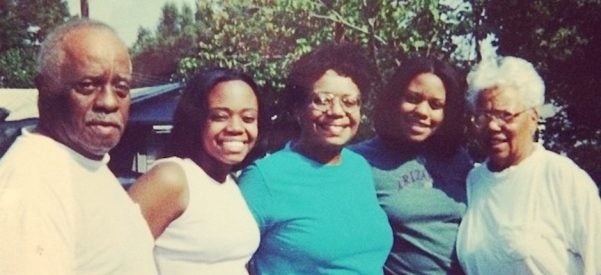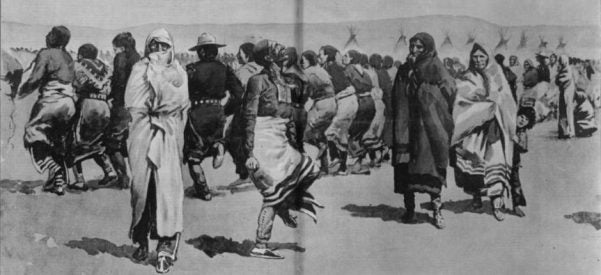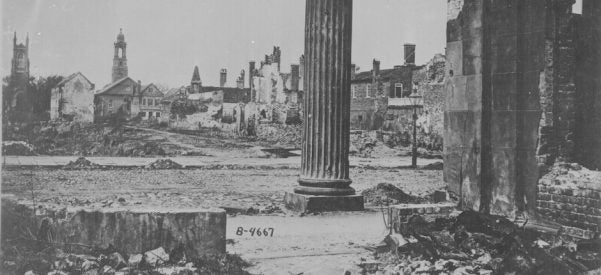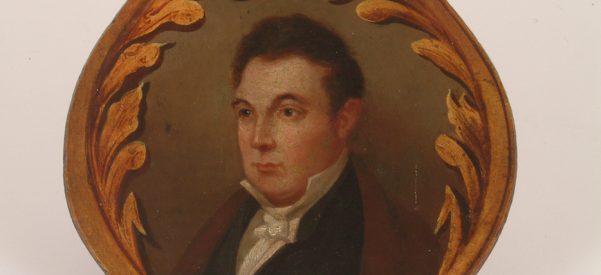Capturing the Architecture of American Agriculture—and a Passing Way of Life
For 45 Years, David Hanks Has Photographed Feed Mills in Every Season and Mood
“Why would anyone want to take pictures of a place like this?”
That’s the question I often get when I enter the office of a feed mill or grain elevator, asking permission to make photographs on the property or inside the buildings.
Showing other photos that I’ve taken usually satisfies the operator that I’m not working for the local tax assessor or real estate agent, and I receive permission to proceed.
A mill in New Era, Michigan. Photo by …
